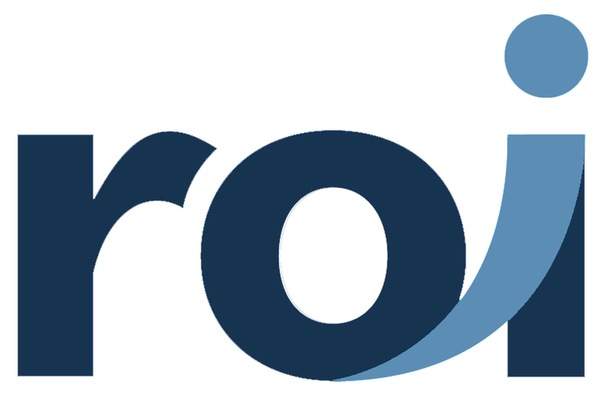
There’s a lot of value to reap from personalized, flexible chatbots that learn as they converse with your consumers – but how do you prove Return on Investment (ROI)?
Following is a list of four Key Performance Indicators (KPIs) to help you confirm the value of your chatbot investment, along with some current data research to support the value of chatbot utilization overall:
Not surprisingly, saving money is an important marker of ROI. Forrester reports that 69% of companies saw decreased operational costs with the implementation of personalized AI-based chatbot solutions, 62% saw more productive customer service agents, and 24% saw an increase in agents who can work on tasks related to improving the overall customer experience.
Here are some specific examples of KPIs to measure that translate to cost savings with a chatbot:
Whether you want your patients to make an appointment or pay a bill, action matters. Patients who can find and access billing and scheduling information easily are more likely to act (or convert), so the more personalized the experience for them, the better. IDC’s FutureScape report explains that AI-based technology, like chatbots, created to anticipate consumers’ needs versus responding to them, result in more consumer engagement with a health system’s online presence, paving the way for more conversions.
When evaluating chatbot ROI, look at these conversion indicators:
Health systems need to be efficient, and so do their websites. IDC reports that Care Anywhere, Personalized Care, and AI-Driven Predictive Care will all see increases by 20-70% from 2023-2025 and beyond. In the healthcare world, as consumers and patients look to do more virtually, investing in the right technology now to communicate with them, where they are, makes good sense.
Forrester’s study of 100 different enterprises found that 91% said automated actions based on customer responses were important to customer service success. In that same study, 88% said providing real-time insights to agents so they can quickly solve consumer questions is very important to customer service success.
The good news is chat platforms can successfully boost operational efficiency in several specific, measurable ways that provide ROI, including:
Satisfied, happy patients lead to loyal patients. Forrester reports companies that choose to embrace conversational AI technologies, like personalized chatbots, will lead to more satisfied customers and patients. The report found that personalized customer interactions with AI-based technology increased customer satisfaction by 55% and increased customer loyalty by 51%.
Consider these examples of ways that chat can improve satisfaction across the board – not just for patients, but for clinical staff and administration, too:
Chat platforms can help health systems provide successful, cost-effective customer service and communication, end-to-end. Understanding which KPIs are relevant and important to your health system is the first step in understanding the value that a chat platform can provide, from increasing patient satisfaction, operational efficiency, and conversions, to creating cost savings overall. Read here about how UCLA Health used chat platforms to help inform and assist their community, during and after the COVID-19 pandemic, taking full advantage of the Loyal system’s flexiblity.
IDC’s Futurescape Worldwide Healthcare 2022 Predictions report summary can be found here.
Forrester’s Prioritize Personalization When Choosing Conversational Chatbot Platforms To Reap Rewards report can be found here.
The original version of this page was published at: https://loyalhealth.com/4-ways-to-measure-chatbot-roi/
Loyal is end-to-end, white label digital health technology for hospitals and health systems.
What do visitors to your website really want? That’s the million dollar question — but until recently, we haven’t had a great way to answer it.Healthcare organizations ...read more
In the health system market, the term “digital transformation” is a hot topic. The use of digital technology to connect with consumers has become part of most (if not all) ...read more
Up until March, COVID-19 was a news story that did not impact us here in the United States. Then the state of Washington, which had the first case back in January 31st, broke out in ...read more
Today’s patients are no longer just patients. They are increasingly savvy consumers of healthcare. As they shop around for the best quality and value in providers and services, ...read more